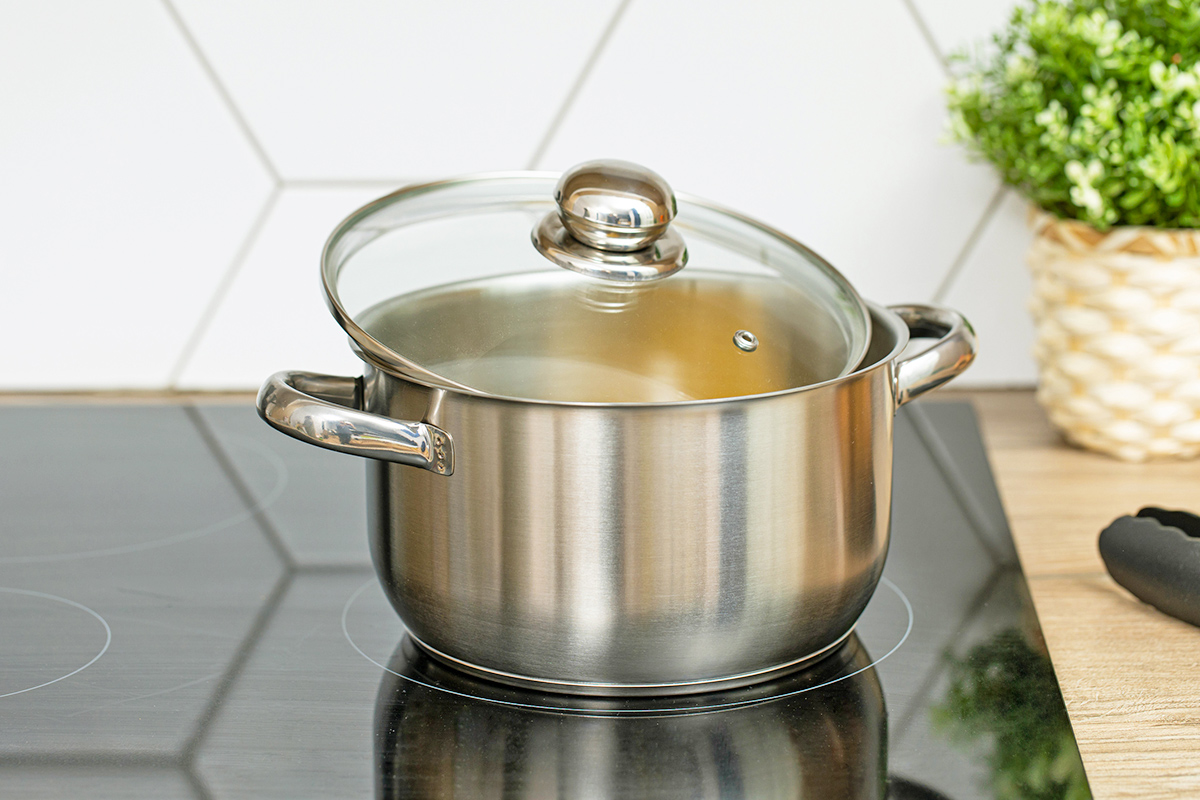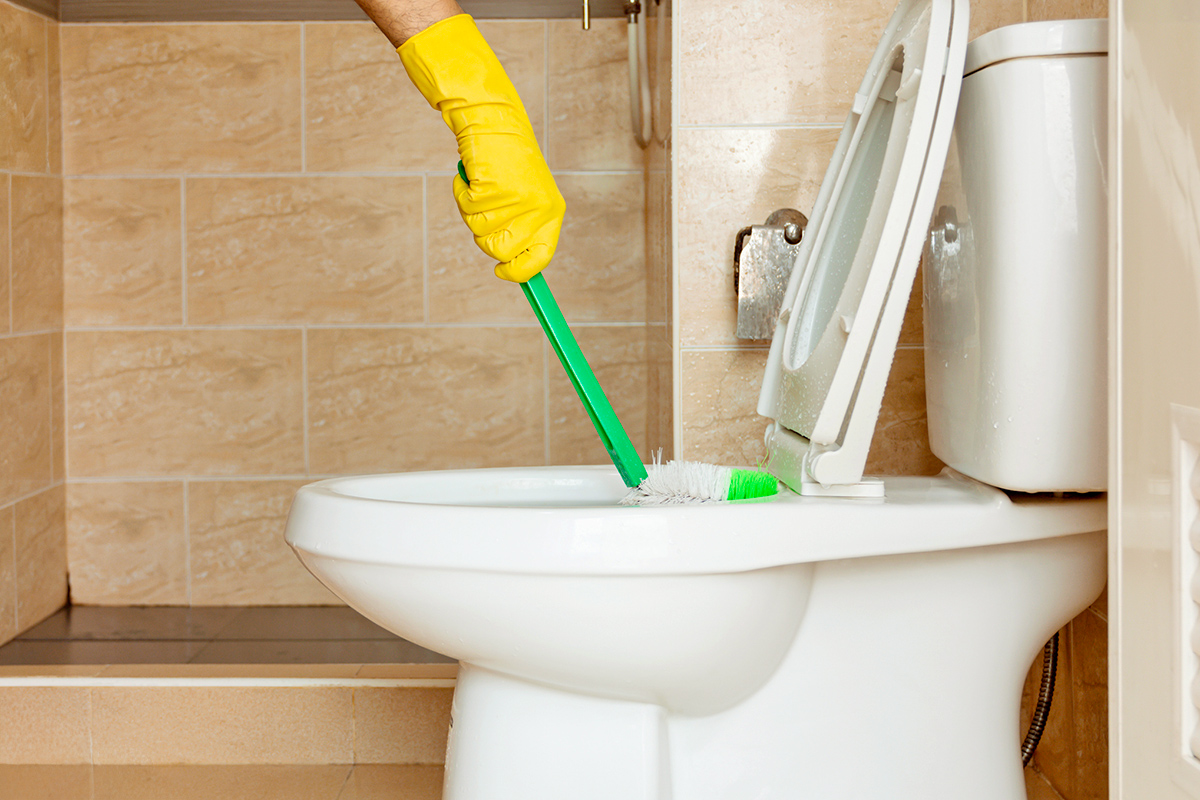Are your stainless steel pots, pans, and flatware looking dull? It’s tricky to keep them truly “stainless” all the time, especially if they’re regularly exposed to water or food. And unfortunately, it’s easy to accidentally ruin stainless steel with the wrong cleaning methods or chemicals. But there’s a common household item that cleans stainless steel…
A Condiment for Your Chrome
It may sound strange, but here’s why this clever trick works: Ketchup contains vinegar and citric acid. Both ingredients are acidic (and you’ve likely used them to clean your home before). Ketchup is simply a convenient delivery system for the two, which are extra effective when they work together. This combination helps dissolve tarnish and restore shine to stainless steel objects that have lost their luster — think cookware, utensils, kitchen sinks, and handheld tools.
Plus, the gel-like consistency of ketchup — coupled with the convenient squeeze bottle — makes it faster and easier to use than trying to combine vinegar and citric acid separately (though that will also work).
Here’s how to use ketchup to clean and shine your stainless steel: Apply an even layer and let it sit for about 30 minutes (or longer if possible). Wipe off the ketchup, rinse the stainless steel item thoroughly, and then dry it immediately to prevent water spots.
More from our network
House Outlook is part of Inbox Studio, which publishes content that uplifts, informs, and inspires.
Tips and Cautions
It’s always a good idea to test any new cleaning solution on a small, hidden area of your item first. Apply a tiny amount of ketchup to an inconspicuous spot on your stainless steel item to make sure it looks good before proceeding.
Ketchup can be used to treat problem areas on stainless steel appliances, but avoid using it all over (who has the budget for all that ketchup, anyway?). Prolonged exposure to the acid can wear away the fingerprint-resistant coating — a common feature on many modern appliances. This is why spot-testing is essential.
Remember that ketchup also contains sugar and tomato, in addition to the vinegar and citric acid. Always wipe it off and rinse thoroughly to make sure no sticky residue is left behind.
As a bonus, you can also use ketchup to clean brass, copper, and silver. Use the same method: Apply the ketchup, let it sit, wipe it clean, rinse away the residue, and dry. For best results, let the ketchup sit for five to 10 minutes on silver, up to 30 minutes on copper, or anywhere from 15 minutes to an hour on brass.



















